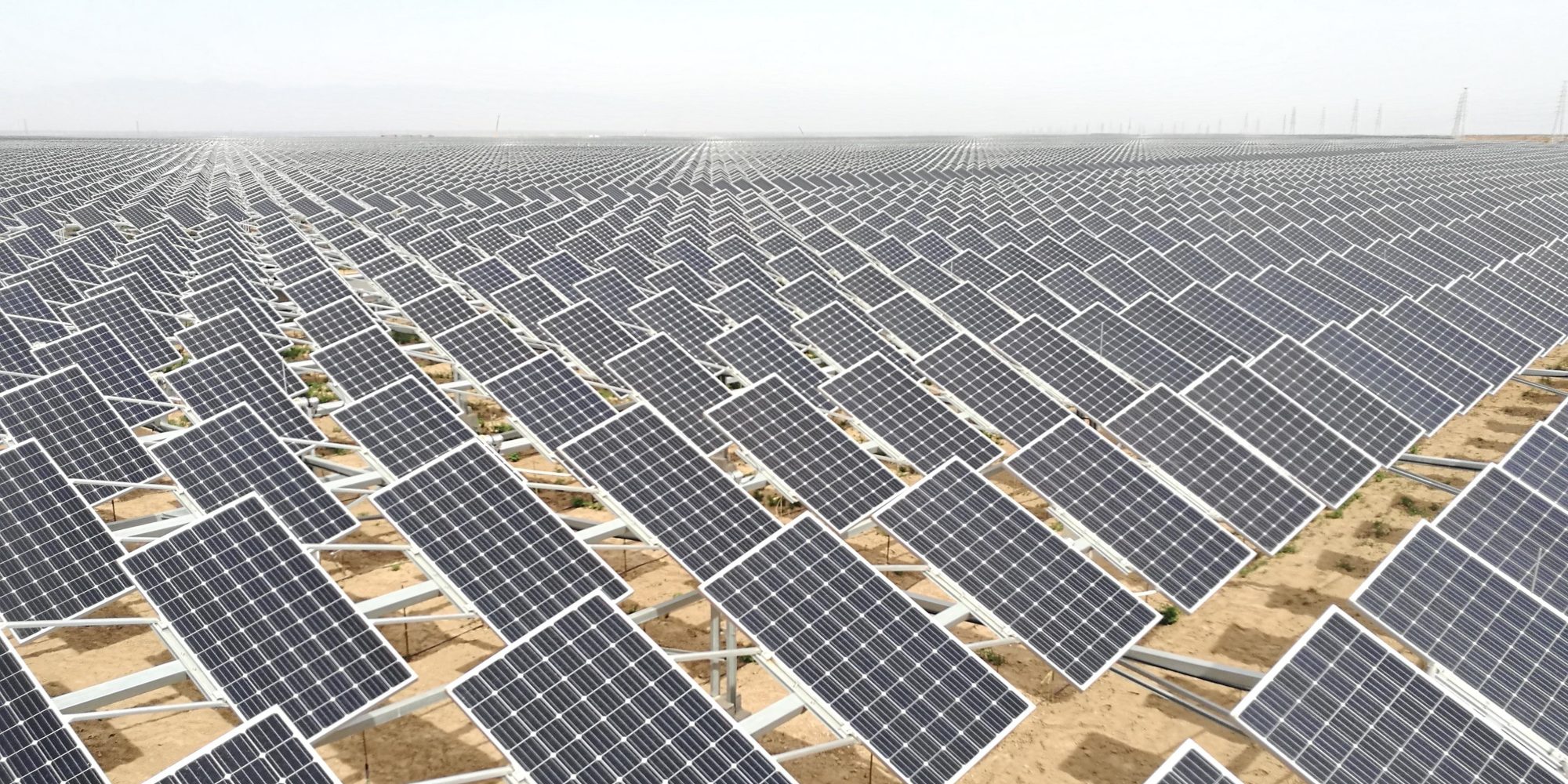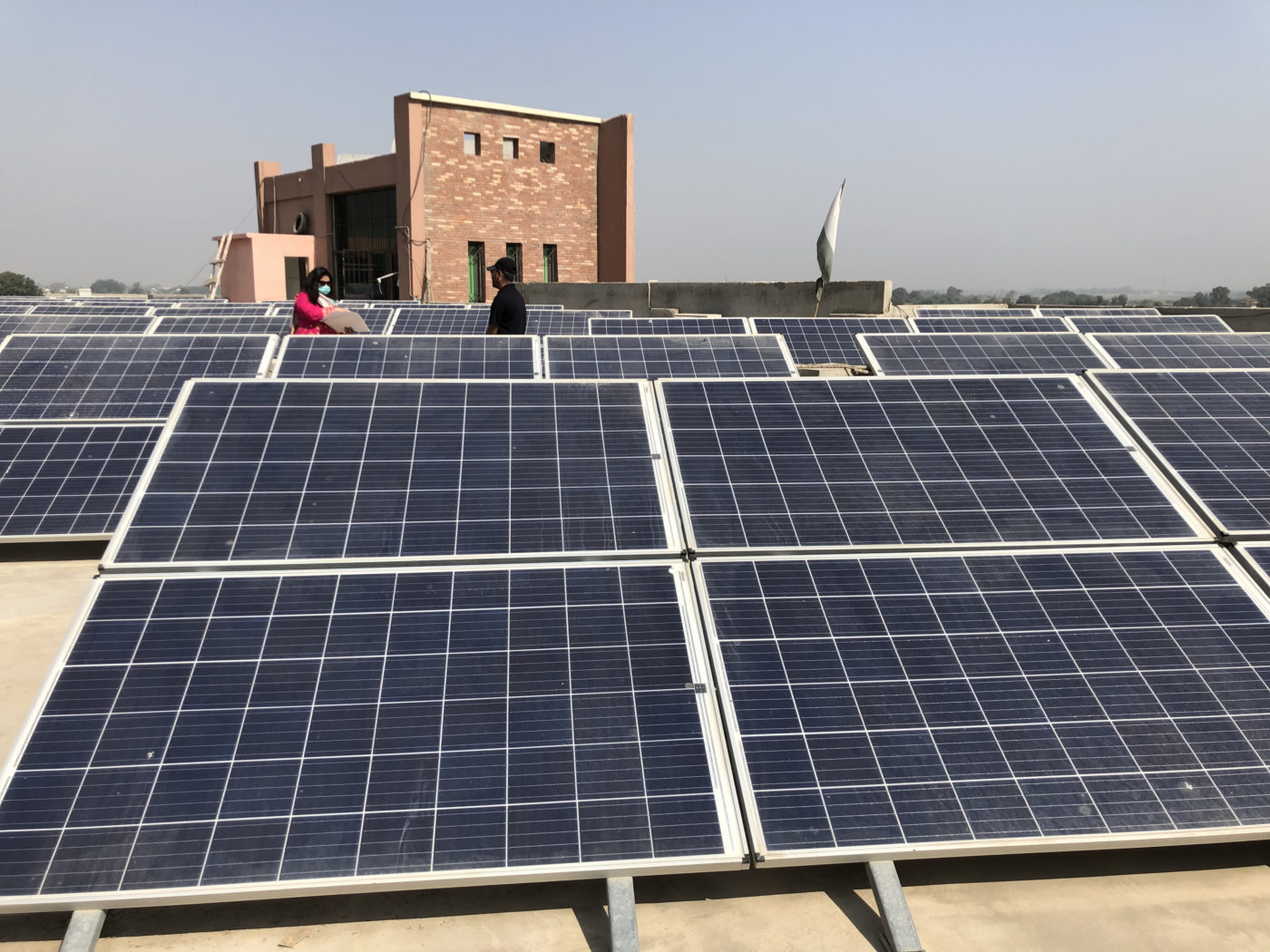Energy Update
Solar Revolution In Australiya

Saleque Sufi
The Australia continent, federation of six states and two territories, is an island surrounded by Pacific Ocean, Indian Ocean and Southern Ocean. Australia with only 23 million of population is blessed with huge coal, natural gas and mineral resources. Traditionally, Australian energy generation has been dominated by coal with natural gas being the second option. But vast open land, hilly terrain and coastal areas offered opportunities for solar, wind and hydropower generation opportunities. The growing consciousness about emissions causing natural disasters like draught, bushfires and tidal surges have led Australians to move out of fossil fuel and growing big in renewables. Solar rooftop has attained tremendous popularity for increasingly reduced cost of solar PV and innovation in battery storage.

Renewable Energy boom in Australia is largely facilitated by rooftop solar. Households and businesses are rapidly switching over to rooftops in increasing numbers as solar PV technology is getting cheaper. Renewable is increasingly growing larger in fuel mix in Australia. Australia is global leader in rooftop solar. Around 2 million out of 13 million homes are already fitted with solar planes. Australian Energy Market Operator (AEMO) forecasted that by 2040 households and businesses rooftop solar installations being connected with grid through net meters would contribute 25% of Australia’s energy needs by 2040.
Energy Sector Structure of Australia

A basic understanding of Australian Energy market structure gives good guide in any discussion of energy scenario of Australia. The Energy Council has created three agencies with a view to separate the major functions of policy, rules and regulation, compliances and market operations. These are Australian Energy Market Commission (AEMC), Australian Energy Regulator (AER) and Australian Energy Market Operator (AEMO). Independent decision-makers have clear accountabilities and objectives. They are all guided by the overarching legal requirement to operate in the long-term interests of consumers.
AEMC: AEMC makes the National Electricity Rules, National Gas Rules and the National Energy Retail Rules that govern the National Electricity Market, elements of natural gas markets and energy retail markets. It conducts independent reviews and advises the Energy Council.
AER: The AER is the national energy market regulator. The AER’s responsibilities include among others:
· Setting the revenues that regulated network businesses can recover as well as the maximum prices they can charge; and
· Publishing reports on network business performance in providing energy services to Australians, and monitors markets and enforces compliances with rules and legislation.
AEMO
The AEMO is responsible for the day-to-day management of wholesale and retail energy market operations, including:
- The National Electricity Market,
- The Victorian Declared Wholesale Gas Market,
- The Short Term Trading Market, and
- Retail markets that facilitate retail competition, allowing customers to purchase energy from a supplier of their choice.
AEMO also coordinated the strategic development of the national electricity grid. In gas, it delivers strategic planning advice and forecasting to guide long-term investment and resources management.
Electricity Generation Australia
In 2019, the total electricity generated in Australia was 265 TWh. This includes the power generated by plants and generation for own use by households and businesses. Fossil fuels like coal (56%), gas (21%) and oil (2%) together contribute 79%. On the other hand, renewable energy contributes: hydro (5%), wind (7%) and solar (9%).
There could be periods where the nation’s homes and businesses are powered almost entirely by renewables, under a plan put forward by the AEMO. AEMO has released its two-decade outlook for the way Australia can generate the cheapest and most reliable electricity. By 2040, AEMO is projecting that two-thirds of coal-fired power generation is likely to be retired. That opens the way for a 200 percent increase in household solar and batteries and increasedrelianceon grid-scale solar and wind, along with pumped hydro.
How Coal-Loving Australia Became Leader in Rooftop Solar?
Australia is still a coal-dependent country generating about 51% of its electricity from coal. It is also the second largest exporter of coal in the world. But now one of four homes have rooftop solar panels. Amazingly the rate of rooftop solar panel installations has outpaced the world average. The coal country has become the renewable powerhouse.
Why Solar Rooftops Making Faster Penetrations?
There still exists no coordinated federal approach for moving faster to renewables. But many state governments have offered attractive incentives to homeowners for installing solar panels and people have generously responded. There has been sharp drop in the price of solar panels and also a significant increase in grid electricity rates.
Community batteries as shared assets have offered wider community benefits and encouraged homeowners for solar rooftops. Community batteries have the following benefits.
No Federal Government Target for Curbing Carbon Emission
Unfortunately, the Australian federal government does not yet have impressive targets for curbing carbon emission while Prime Minister Scot Morrison advocates coal. In 2019, Australia was still the second largest coal exporter behind only Indonesia.
Those incentives kick-started the solar boom, and rooftop solar regularly provides about 5% of Australia’s electricity, compared with just less than 1% in the United States.
“Coal is still a key generator there, but there are times when rooftop solar is contributing over 6% of generation,” said Rishab Krishna Shrestha, a research analyst at Wood Mackenzie Power and Renewables.
Queensland known as sunshine state of Australia is the leader. The state is hot and humid. Brisbane and Cairns have the highest penetration of solar rooftops.
Another reason Australia has rapidly expanded rooftop solar is that the states have planned streamlining building codes and making it easier for obtaining permits.
The growth of rooftop solar itself has caused some problems. Traditionally, power plants supplied electricity and homes used it, making it easy for officials to manage the grid. Now many homeowners are both consumers and providers of electricity, depending on the time of the day. That has forced grid managers to line up power plants that can ramp up or down more quickly to balance supply and demand.
More than half of the roughly two dozen coal-fired plants in operation are expected to be retired within 15 years, and it is not clear what will replace them. While environmentalists want more renewable energy, conservative lawmakers assert that the country needs to keep using coal.
As the price of renewable energy has plunged, coal-fired and natural gas power plants have increasingly struggled to compete, and some have shut down or sought bankruptcy protection. Still, batteries typically provide power for up to only five hours at a time. That has limited their use, especially by electric utilities.
Kean, the New South Wales energy minister, said Australia had to make its electric system more reliable, reduce costs and address climate change with the help of solar, wind, batteries and other renewable technologies.
It is noticeable that the federal government has not yet set any firm renewable targets. But the state government of Victoria legislated 50% renewable energy target by 2030. State government is also investing to support private industry.
NSW has adopted a policy for 35% emissions reduction on 2005 levels by 2030. They nominated three regional renewable zones where government would provide approval for private investment and coordinate investment in transmission lines to link the new projects to grid.
Australian National University Energy Change Institute director Lachlan Blackhall felt that absence of Federal Government Policy would at some stage create impediment to smooth transition. He said, “Australia is leading the world in how we transition to operate a grid powered by renewables and distributed assets,” he continued saying “Fossil fuels are set to reduce from about two-thirds of our capacity to about one-third by 2030 and all of that capacity is taken up by renewables – both centralised and distributed (large scale and household)”.
He added, “Policy is needed to integrate the rapidly shifting energy mix. But it’s an opportunity to export our expertise and generate jobs growth, not just in renewables but also decentralised energy. It’s really exciting.”
Australia is going green for sure. But the initiatives launched by state governments for expanding rooftop solar power expansion in particular and renewable in general need to be complemented by clear clean energy policy, emissions reduction target of Australian federal government.
Conversation
- Info. Dept. Reg. No. : 254/073/74
- Telephone : +977-1-5321303
- Email : [email protected]













